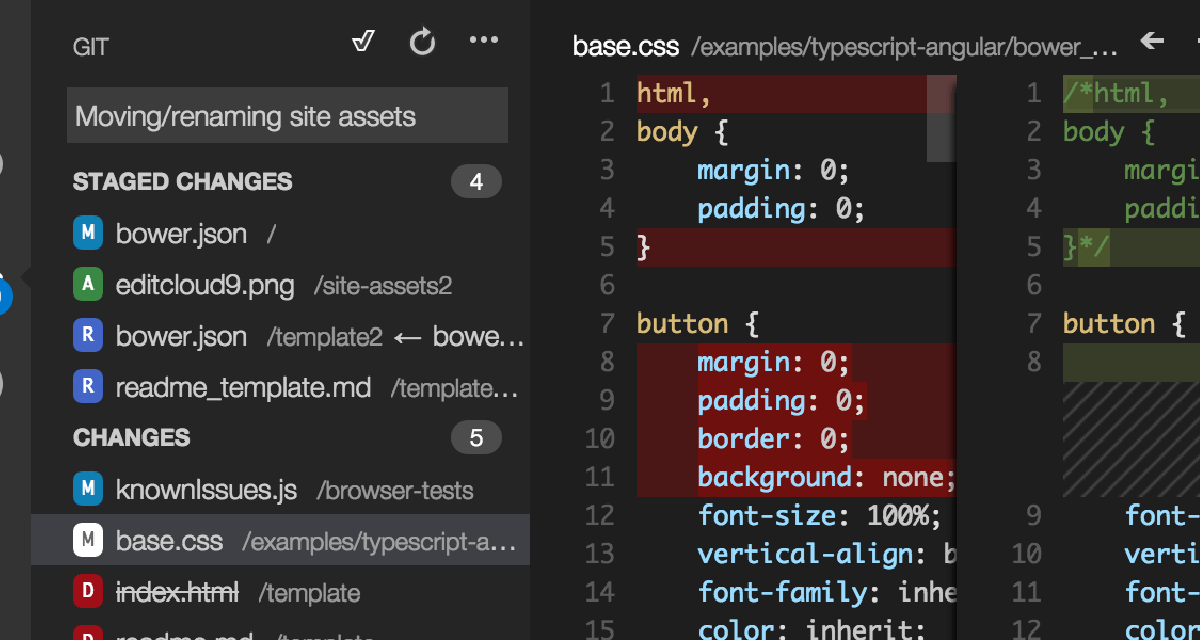dominoGuru.com
Your Development & Design Resource
Understanding the Domino CRUD API: non-Domino Form CRUD Basics - Part 1
04/17/2009 02:30 PM by Chris Toohey
In previous entries, we've discussed how to use the Domino CRUD API in the following ways:
Understanding the Domino CRUD API - the Basics
Where I first introduced and discussed the Domino URL Commands that you can use to interact with the Domino CRUD engine.
Understanding the Domino CRUD API - $$Return Basics
Where I showed you - via screencast - how to control the Web Browser client session post-NotesDocument Create/Update submission with the reserved
$$ReturnNotesItem.Understanding the Domino CRUD API: $$Return and Smart Landing Pages
Where I showed you - via screencast - how to use the
$$ReturnNotesItem in combination with URL QueryString Parameters, Formula language, NotesDocumentUNIDs, and a Page Design Element to create context sensitive Smart Landing Pages for the Web Browser Client post-NotesDocument Create/Update submission.
Now I'll show how you can create your own non-Domino Form Design Element-based XHTML Form Elements that use the Domino CRUD API for NotesDatabase Data Management. In this, the Part 1 in a smaller part of the overall Understanding the Domino CRUD API series, I'll show you how you can create a simple Domino Page Design Element that can be used to Create and Update NotesDocument data.
NOTE: I'm opening up the Domino CRUD API Example NotesDatabase to Anonymous access having Editor w/ Delete. I'll keep it that way as long as we all play nicely. Someone playing script-kiddie and putting some cross-browser attack or posting inappropriate content will ruin this for everyone (as well as give me the burded of shutting things down). Should go without say, but...
First thing first, we'll talk about the ingredients for this build:
-
Page Design Element: content.html
This is going to be - on purpose - a very basic build. I could get really creative with this XHTML (Content-Type: text/html) webpage, but that might distract from the overall example.
-
Input/Textarea Element name Attribute match
This one is simple yet very powerful. If you're NotesItem is named title, your XHTML Form Element's Input Element name for title needs to be title!
-
NotesDocumentUNID passthru Logic
Just like with the Smart Landing Page - which is a basic example of an advanced Domino Design Element-driven Domino CRUD Read - we'll be using a NotesDocumentUNID to drive the Update XHTML page Form population.
-
?CreateDocument Domino URL Command
We'll use this to facilitate the Create Domino CRUD verb.
-
?SaveDocument Domino URL Command
We'll use this to facilitate the Update Domino CRUD verb.
First, we'll create our simple content.html Page Design Element:

Simple, and will get the job done. Two major things to point out here: the Form Element's processing agent and the value attribute for each Input Element.
The Form Element's processing agent - as shown - uses a Computed Text instance to populate it's action:
~UNID := @UrlQueryString("UNID");
@If(~UNID = ""; "content?CreateDocument"; "0/" + ~UNID + "?SaveDocument")
This simply checks the URL Query String for a parameter named UNID. If found, I know I'm going to Update a NotesDocument. Otherwise I'm going to Create a new NotesDocument.
The Computed Text set as the values of our Input and Textarea Elements does someting similar (for the Title Input Element):
~UNID := @UrlQueryString("UNID");
@If(~UNID = ""; ""; @GetDocField(~UNID; "title"))
When we click submit - via the simple Input Element typed "submit" - we're going to rely on our XHTML Form Element's processing agent to handle the rest.
For new NotesDocuments, we see that it's pointing to the Content
Domino Form Design Element and will issue the ?CreateDocument Domino
URL Command. This will result on a NotesDocument being creating in the target
NotesDatabase and leverage the $$Return to redirect our Web
Browser Client session post-submission to our Smart Landing Page.
For existing NotesDocuments, we'll use the following syntax:
/0/NotesDocumentUNID?SaveDocument
Same thing here - the ?SaveDocument does the real work here via the Domino CRUD engine and performs an Update with the submitted XHTML Form Element contents.
NOTE: Notice the /0/ placeholder for the View Design
Element in the XHTML Form Element's processing agent. If you replaced this with
/pages/, it would honor the pages View Design Element's Form
Formula, thus first rendering/submitting the NotesDocument via the
display Form Design Element and - since there is no
$$Return - would simply return the Form Processed message
to the Web Browser Client.
The last part of this is to direct people to an edit link for each NotesDocument in your Pages View Design Element:
~t := @If(title = ""; "Untitled Content"; title);
~pl := "<a href=\"pages/" + permalink + "\">Use Permalink</a>";
~unidl := "<a href=\"pages/" + @Text(@DocumentUniqueID) + "\">Use
UNID</a>";
~htmledit := "<a href=\"content.html?open&UNID=" + @Text(@DocumentUniqueID)
+ "\">Edit</a>";
"<tr><td class=\"col0\">" + ~t + "</td><td
class=\"col1\">" + ~pl + "</td><td class=\"col2\">" + ~unidl +
"</td><td class=\"col3\">" + ~htmledit + "</td></tr>"
The ~htmledit gives us the UNID URL Query String
Parameter required for our Update, and the rest is handled by the
Domino CRUD engine!
Wanna play? I've enabled Anonymous access to the Understanding the Domino CRUD API Example NotesDatabase. You should have Editor access with the Delete role enabled.
In our next entry - Understanding the Domino CRUD API: non-Domino Form CRUD Basics - Part 2 - we'll discuss how you can handle Read and Delete CRUD verbs - completing the Basics subsection of the non-Domino approach. After that, we'll get into some pretty advanced stuff!
Hopefully you'll start to see - especially after this - exactly where we can go from here. My XHTML Form was created in Aptana and outside of it's using Computed Text to populate the XHTML Form Element really wouldn't need to reside in a NotesDatabase at all. See... getting a firm handle on this stuff is the ground work for extending your Domino Web Application Development to new heights: integrating with other technology investments and SaaS/cloud services!










